Queue Management System
The Solution for Optimizing Queue Management
Transform your customer experience and optimize operational efficiency with cutting-edge queue management solutions that go beyond merely reducing wait times. These innovative systems not only eliminate frustrating delays but also significantly streamline service processes. By automating and improving the flow of queues, they offer a smoother and faster experience for your customers, enhancing their satisfaction. Say goodbye to long lines and hello to intelligent, seamless queue management, ensuring both speed and a better overall service experience for your clients while boosting the productivity of your staff.

What is a Queue Management System?
Smart Waiting Solution
A Queue Management System is a technological solution that organizes customer flow by creating structured waiting lines and directing customers to available service points efficiently.
It replaces traditional physical queues with digital alternatives, allowing customers to join lines virtually through kiosks, mobile apps, or online platforms.
The system coordinates service delivery across multiple channels and departments, optimizing staff allocation and reducing perceived waiting times.
How Queue Management Systems Work
Customer Check-in
Customers register via a kiosk, mobile app, or website, selecting their desired service and receiving a virtual ticket or position in line.
Intelligent Routing
The Queue Management System analyzes service requirements and current loads to direct customers to the appropriate service agents.
Real-time Updates
Customers receive notifications about estimated wait times and queue position, allowing them to use their waiting time productively.
Service Delivery
When it’s their turn, customers are called forward through digital displays, SMS notifications, or in-app alerts.
Key Features of Modern Queue Management Systems
Multi-channel Queue Entry
Dynamic Display Systems
Appointment Scheduling
Staff Management Tools
Benefits of Queue Management Systems for Businesses
35%
Wait Time Reduction
Businesses implementing Queue Management Systems typically see significant decreases in customer waiting times.
42%
Productivity Increase
Staff efficiency improves as service agents can focus on customers rather than managing lines manually.
28%
Cost Savings
Optimized resource allocation and improved throughput lead to substantial operational cost reductions.
60%
Customer Satisfaction
Perceived wait times decrease dramatically, leading to improved customer experiences and loyalty.
Enhancing Customer Experience with Queue Management
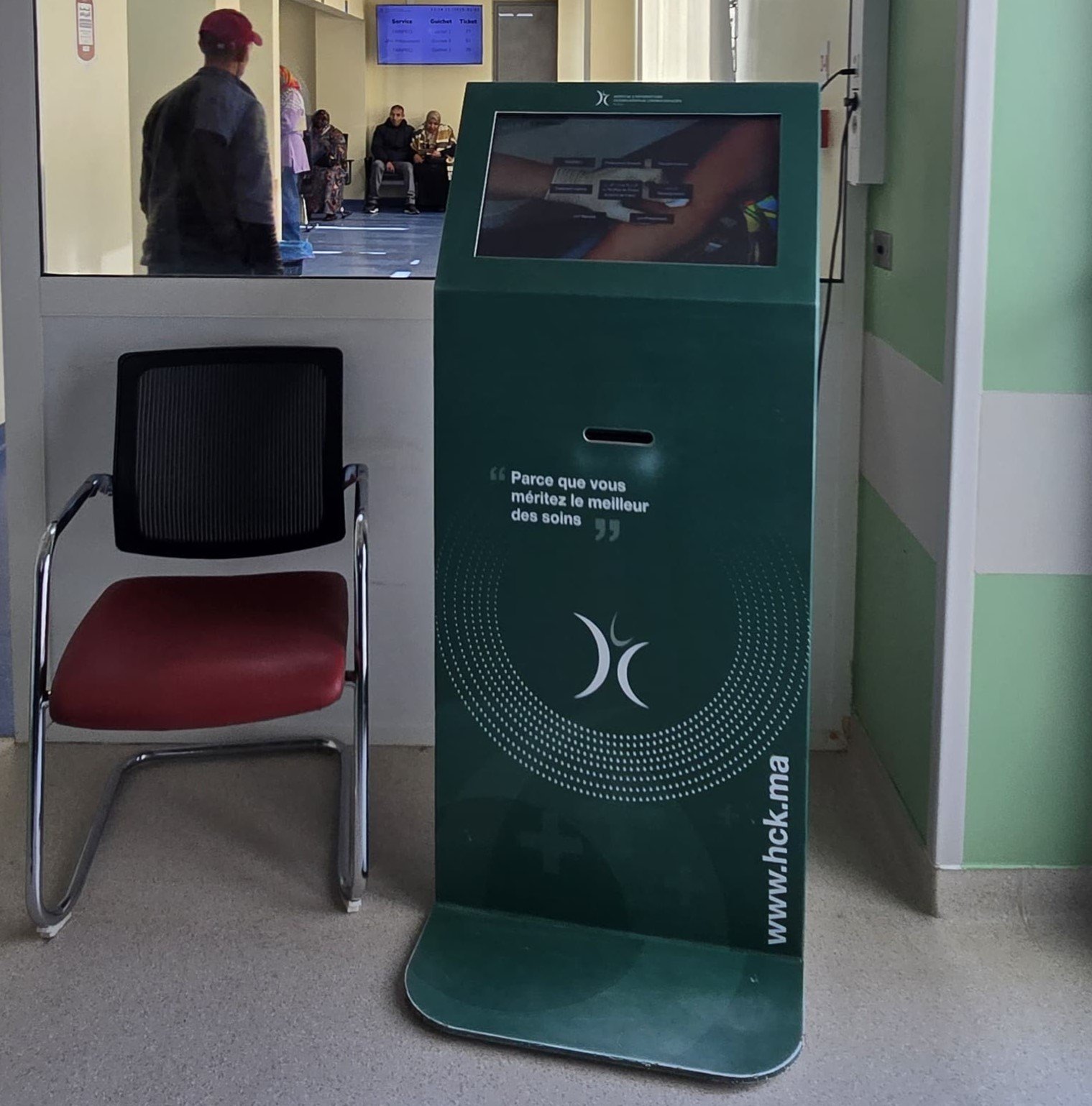
Reduced Frustration
Freedom of Movement
Personalized Service
Feedback Integration
Virtual Queue Management: The Future of Waiting
Mobile-First Approach
Virtual Queue Management Systems prioritize smartphone interfaces, allowing customers to join queues from anywhere and receive real-time updates via push notifications.
Location-Based Services
Geofencing technology can automatically check in customers when they arrive on premises or adjust service priorities based on proximity.
Contactless Experience
In response to health concerns, virtual systems minimize physical contact points while maintaining efficient service delivery.
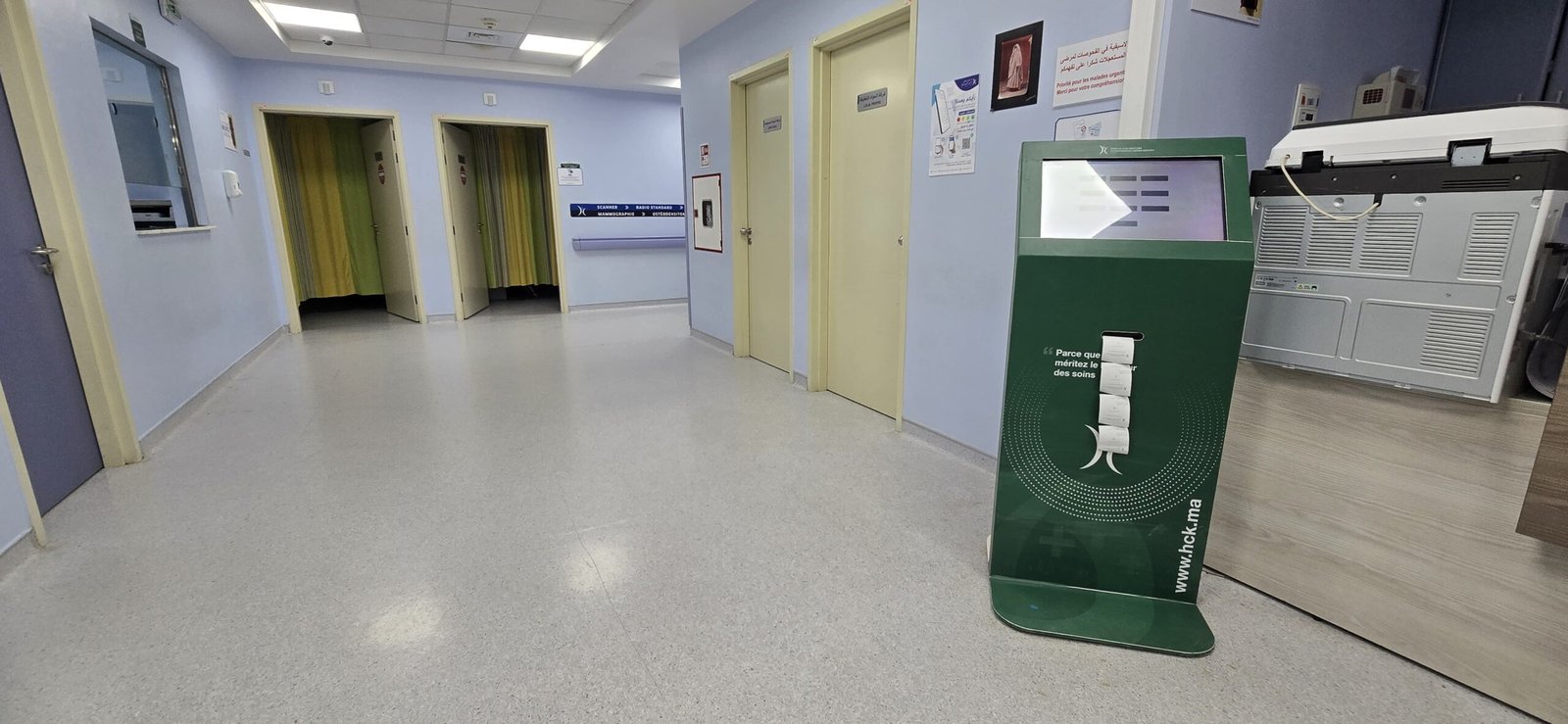
Queue Management System Analytics and Reporting
Queue Management Systems generate valuable data insights that help businesses understand customer flow patterns, peak times, and service efficiency metrics, enabling data-driven operational improvements.
Queue Management Kiosks: Streamlining Customer Check-in
Queue management kiosks are self-service terminals designed to facilitate the check-in process for customers. These kiosks help eliminate long physical queues by allowing users to register their presence, select the service they need, and receive a printed or digital ticket with their queue number.

Key Features of Queue Management Kiosks

Touchscreen Interface
Provides an intuitive and user-friendly experience for selecting services.

Ticket Printing & Digital Queuing

Multi-Service Selection
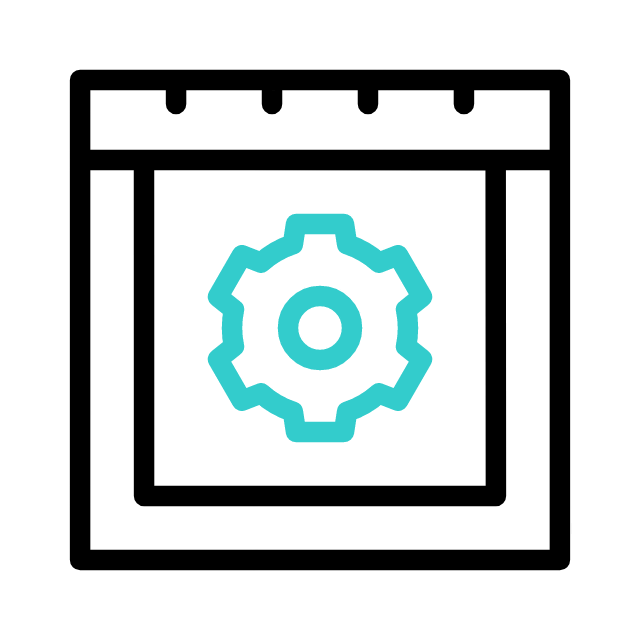
Integration with Appointment Systems
Works seamlessly with pre-booked appointments, reducing wait times.

Multilingual Support
Ensures accessibility for a diverse customer base.
Queue Display Screens: Real-Time Queue Information for Better Customer Experience
Queue display screens provide real-time updates on customer queue positions, service counters, and estimated waiting times. These digital displays improve communication between service providers and customers, ensuring a seamless and stress-free waiting experience.
Key Features of Queue Display Screens

Real-Time Ticket Updates

Service Counter Assignment

Estimated Wait Time

Multimedia Capabilities

Customizable Display Layouts
Manufacturing Process of Queue Management Kiosks
The manufacturing of queue management kiosks involves several advanced techniques to ensure high-quality, precision, and durability. Below is a detailed explanation of the key processes involved in creating these kiosks:
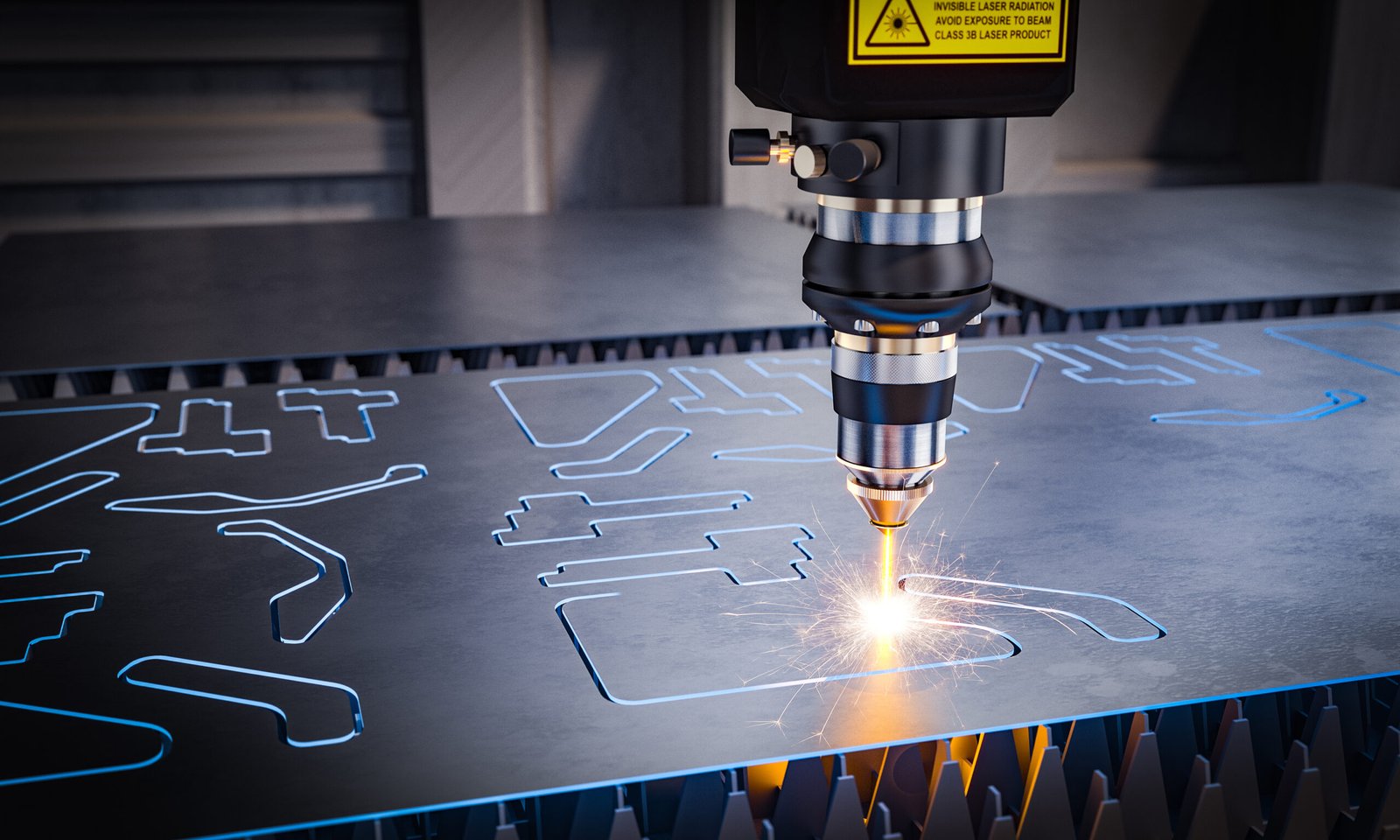
Laser Cutting
Laser cutting is a highly precise technique used to cut metal sheets into the required shapes and sizes. Using a focused laser beam, the process ensures clean, sharp cuts with minimal burr or distortion, even for intricate designs. This method allows for complex shapes to be cut with high accuracy, making it ideal for the production of the metal parts of the kiosks. The precision of laser cutting ensures that each piece fits together perfectly, reducing the need for additional adjustments or modifications during assembly.
Metal Forming
After the laser cutting process, the next step is metal forming, or metal folding. This technique involves bending the cut metal sheets to create the required angles, curves, and shapes necessary for the kiosk’s structure. Using hydraulic or mechanical presses, the metal is carefully shaped to fit the design specifications. Metal forming is crucial for creating the frames, panels, and other structural elements of the kiosk. The precision in this stage ensures that all parts align seamlessly when assembled, providing stability and strength to the final product.
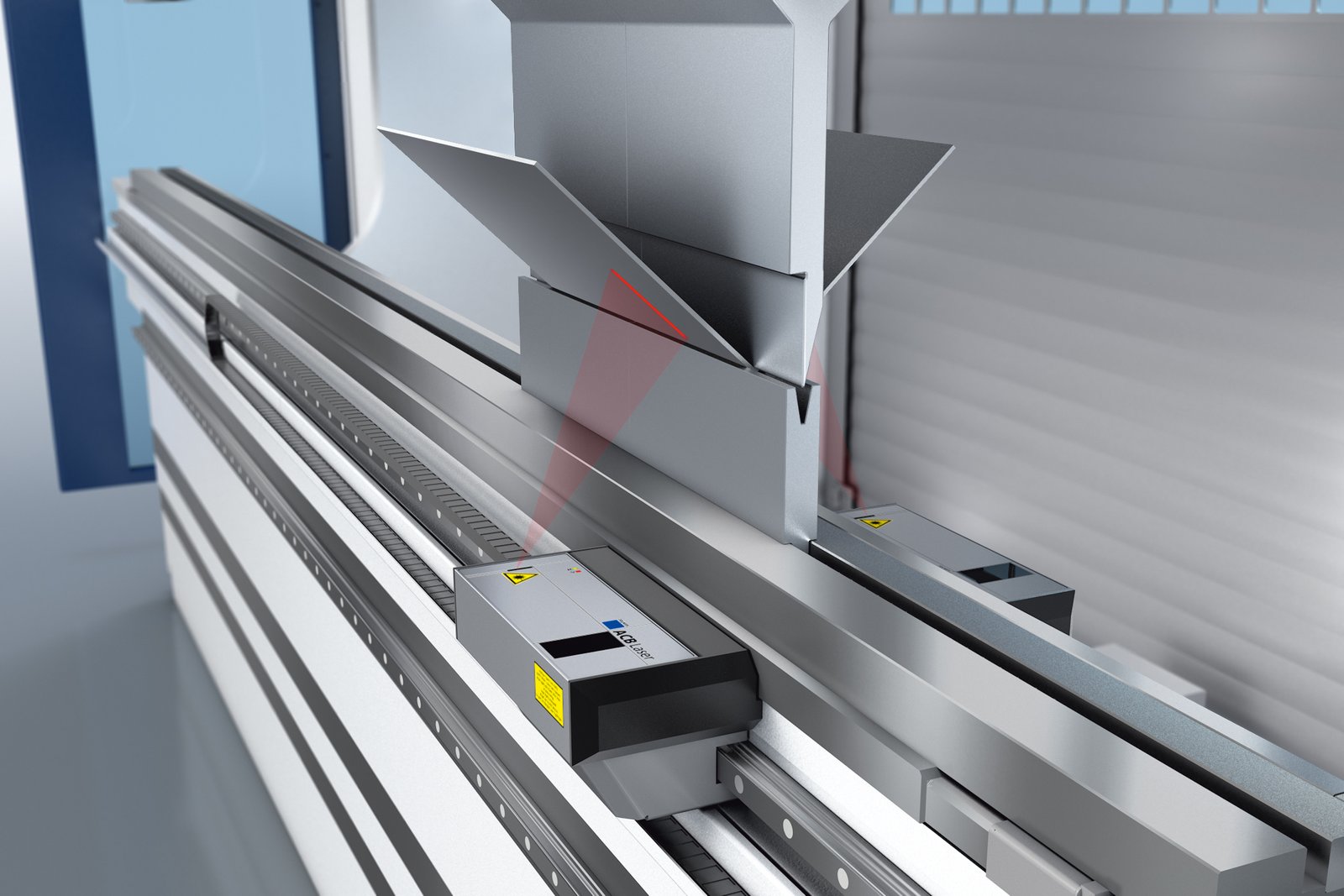
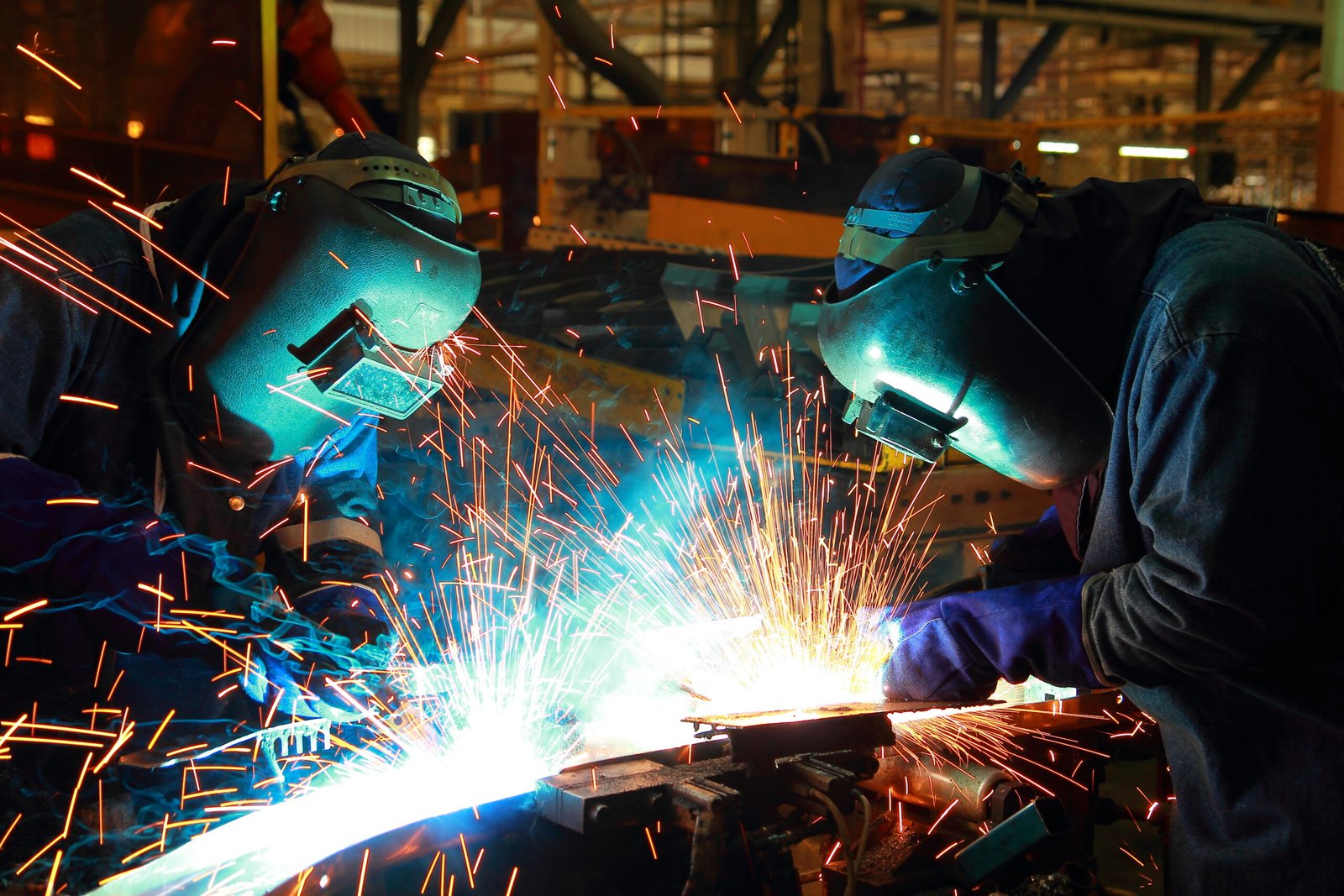
Metal Welding
Once the metal components are cut and formed, metal welding is employed to assemble the parts into a cohesive structure. This process involves using heat to melt and fuse the metal pieces together, creating strong, durable joints. Different welding techniques, such as MIG (Metal Inert Gas) or TIG (Tungsten Inert Gas) welding, may be used depending on the material and the complexity of the parts. Metal welding ensures that the kiosk has a solid, stable frame capable of withstanding frequent use in public spaces.
Powder Coating
The final stage in the manufacturing process is powder coating, a method used to apply a protective and aesthetic finish to the metal surface. During this process, a dry powder is applied to the kiosk’s metal components, which is then baked in an oven at high temperatures. The powder melts and forms a smooth, even coating that is both visually appealing and highly durable. Powder coating provides excellent resistance to corrosion, scratches, and fading, ensuring that the kiosk remains in pristine condition even in high-traffic areas. It also allows for a wide range of color options to match the kiosk’s design and branding needs.

Contact Us
Phone:
+212 522 98 07 98
